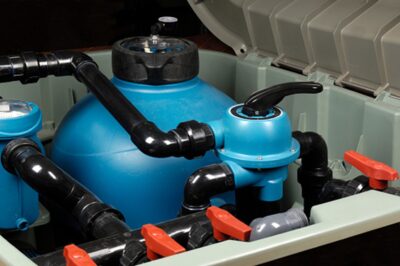Muck is known to feel uncomfortable in our toes and to smell pretty bad, but how exactly does it work?
Muck – what is it?
Plants and animals use muck as a fertilizer. Organic matter dies and decays, resulting in this phenomenon. The uneaten fish food at the bottom of your pond will decay if you feed your fish. Fish waste grows in a muck layer if you feed them too much or if they’re eating poor quality food. Moreover, other animals, such as ducks and geese, contribute to the muck as well. There are other factors that naturally contribute to the accumulation of muck in lakes and reservoirs, even without fish. Organic matter should never enter a pond, and as much as possible should be removed. Eventually, the sludge can build up to over an inch thick due to the accumulation of leaves and other debris.
What is the purpose of Muck? & How Does Muck Work?
Food is undoubtedly found in the muck. “What is a food source?” you might ask. Aquatic weeds and algae benefit from the high levels of nutrients in the muck. Your problem with these aquatic nuisances will grow with the growth of the muck layer. Besides being an ideal breeding ground for leeches, muck can also be an ideal place for them to grow and burrow.
What makes Muck stink?
A rotten egg smell is characteristic of muck. Ponds with no aeration may emit those odors, especially during certain times of the year. Water in non-aerated ponds stratifies into layers of different temperatures in summer and winter. Water in the lower portion of the pond is stratified, but oxygen in the upper portion is rapidly consumed. An Anaerobic (oxygen-rich) environment turns into an anaerobic (low-oxygen) environment, perfect for slow-moving anaerobic bacteria that process decaying material on the bottom by fermenting and digesting it with enzymes. Microorganisms, such as those in the rotten egg smell, eventually create waste products such as carbon dioxide and hydrogen sulfide.
When the water column turns over in the spring and during strong weather events, the anaerobic layers at the bottom rise to the surface and release those foul-smelling odors. It is possible to make a big stink when ice is melting and all those gases are released at once!
The Life Cycle of a Pond
Getting to know a pond’s life cycle can help us to understand its role in the muck cycle and how does muck work. Each water body contains a diverse environment struggling to maintain balance, from small ponds to large lakes. For a better understanding of your pond’s life cycle, we’ll break the process down into two main stages:
First stage: A newly dug pond is cleared of weeds, wastes, and decaying plants. Algae and weed growth are minimal in the water, which is generally clean and clear. A new pond typically remains in Stage 1 for three to five years.
In Stage 2, organic debris starts to accumulate and the pond becomes overnourished with nutrients. Weeds and algae flourish when these nutrients are available in oversupply, making them effective plant fertilizers. In some cases, you might notice weeds growing along the shoreline, such as cattails and shoreline grasses, as well as a foul smell coming from the water. This phase of development is commonly marked by reactive treatments like aquatic herbicides and algaecides. Reactive treatments are temporary solutions for controlling weeds and algae. Plant material decays in ponds, creating nutrient-rich muck that provides fuel for weeds and algae growth. You, as the pond owner, will have to use chemicals to control growth during this continuous cycle of reactive treatments. When algae and weeds are growing in a pond at this point, it is called eutrophic.










